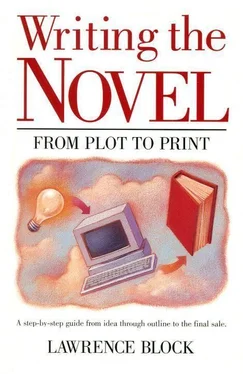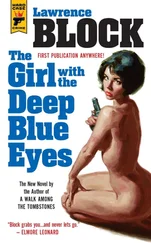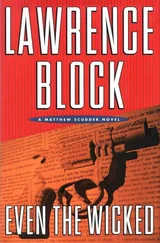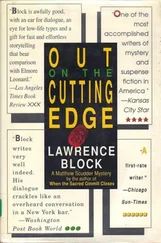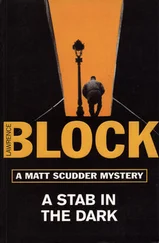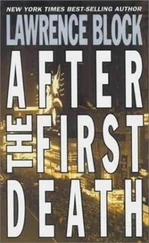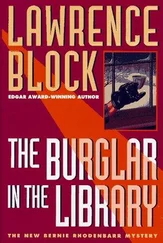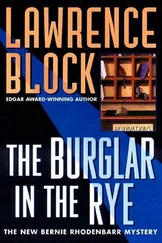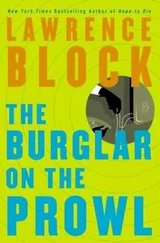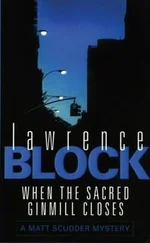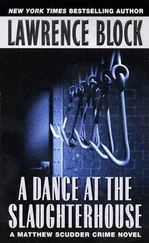That’s not how it works. But it’s easy to understand the anxiety. I’ve heard young would-be writers explain that they want to avoid reading fiction altogether in order to avoid being influenced by what’s already been done. They use phrases like “natural creativity” a lot. What happens, more often than not, is that such writers unwittingly produce trite stories because they haven’t read widely enough to know what’s been done to death already. An isolated tribesman who spontaneously invents the bicycle in 1982 may be displaying enormous natural creativity, but one wouldn’t expect the world to beat a path to his door.
The outlining process I’ve discussed doesn’t stifle creativity. At least it shouldn’t. I suppose a person could copy a character here and a plot line there and a setting from somewhere else, jumbling things up and putting together a novel from the chopped-up corpses of the novels he’s read. But that’s certainly not what we’re trying to do, and it’s not the best way to write something that will be commercially and artistically successful. Our object is to learn how to cast our own stories within the framework of a particular kind of novel, to stimulate our unconscious to produce plot and character ideas which lend themselves to this chosen type of novel so that it will be natural for our minds to think in these terms.
The best defense I can offer is the following exchange which appeared in an interview in the New York Times Book Review for December 24, 1978. The interviewer is Steve Oney; the writer interviewed is Harry Crews, the highly regarded author of A Feast of Snakes and several other novels noted for their imagination, originality, and technical proficiency:
Q. For someone who had been exposed to very little literature, how did you actually learn how to write?
A. I guess I really learned, seriously learned, how to write just after I got out of college when I pretty much literally ate Graham Greene’s “The End of the Affair.” My wife and I were living in a little trailer... in Jacksonville, Fla., where I was teaching seventh grade... I wrote a novel that year, and here’s how I did it. I took “The End of the Affair,” and I pretty much reduced the thing to numbers. I found out how many characters were in it, how much time was in it — and that’s hard to do as there is not only present time in a book but past time as well. I found out how many cities were in the book, how many rooms, where the climaxes were and how long it took Greene to get to them.
And there were a lot of other things I reduced to numbers. I read that book until it was dog-eared and was coming apart in my hands. And then I said, “I’m going to write me a damn novel and do everything he did.” I knew I was going to waste — but it wasn’t a waste — a year of my time. And I knew that the end result was going to be a mechanical, unreadable novel. But I was trying to find out how in the hell you did it. So I wrote the novel, and it had to have this many rooms, this many transitions, etc. It was the bad novel I knew it would be. But by doing it I learned more about writing fiction and writing a novel and about the importance of time and place — Greene is a freak about time and place — than I had from any class or anything I’d done before. I really, literally, ate that book. And that’s how I learned to write.
I have no trouble believing the method Crews describes was every bit as instructive as he says it was. I don’t know that I would care to write a book in this fashion, or that I would be able to discipline myself sufficiently to complete a book I knew would be unsalable by definition, but I would surely imagine that the educational potential of the process is considerable. Even without going so far as to write an imitative novel of one’s own, a writer could greatly increase his understanding of what novels are and how they work by following the first stages of Crews’ system — i.e., by taking an admired novel apart, reducing it to numbers, and learning how the author handles such matters as time and place and action and pace and so forth.
Getting back to the question you asked a couple of pages ago, it’s evident that Crews’ approach did stifle creativity in the particular novel he describes. His purpose was not creative development but technical progress — he wanted to learn what made a novel tick so he took one apart to find out, then tried putting it back together again. But you’ll be studying not one but half a dozen books, books which may have the common features of their genre but which differ considerably each from the other. The book you write will in turn differ from each of them while presumably retaining those elements which make them a satisfying experience for the people who read them. That’s not a matter of stifling creativity but one of finding the right frame for it and lighting it properly.
This outlining sounds like a WPA project. I can see doing some extensive reading, sort of soaking up the market that way, but I hate the idea of purposeless work. Is it absolutely essential to do this?
Of course not.
I think outlining other people’s novels as I’ve described it is as effective and expedient a way as I know to learn what a particular sort of novel is and how it works. But it’s not the only way, and it’s certainly no prerequisite for writing your own novel. If you find it tedious to such an extent that it seems counter-productive, by all means give it up.
You don’t even have to read widely in your chosen field, as far as that goes. The only thing you absolutely have to do to produce a novel is sit down and write the thing. Some people profit greatly by such preparatory work as I’ve described. Others get along just fine without it.
I wouldn’t be so sure, though, that outlining is purposeless work, or a waste of time. On the contrary, I’d be inclined to guess it saves time for most of the people who do it — time spent repairing mistakes and reworking false starts that might not have occurred had they laid the groundwork properly before starting their own novels.
But pick the approach that feels right for you as a writer. That, ultimately, is the most important thing you can do.
Chapter 4
Developing Plot Ideas
How to encourage ideas to bubble up from the unconscious. How ideas come together to create plot. Ways to sharpen up a plot
“Where do you get your ideas?” is one of the questions writers get asked all the time. What’s galling about it, in addition to its banality, is the questioner’s implicit assumption that coming up with a clever idea is all there really is to the business of being a writer. Turning that idea into a book — well, that’s just a matter of typing, isn’t it?
But of course not. Were that the case, I’d run books through my typewriter at seventy or eighty words per minute, not four or five agonizing pages per day.
While ideas are not the sine qua non in the novel that they often are in the short story, they are nevertheless essential.
A handful of writers can produce books that are not specifically about something and make them work. It scarcely matters what Finnegan’s Wake is about, for example. For the rest of us, a strong central idea is basic to our novels. How we are to get these ideas, and how we can best develop them into strong plots, is something with which we might well concern ourselves.
It’s my own conviction that we do not get our ideas. They are given to us, bubbling up out of our own subconscious minds as if from some dark and murky ferment. When the conditions are right, it is neither more nor less than the natural condition of things for a writer’s imagination to produce those ideas which constitute the raw material of his fiction.
Читать дальше
